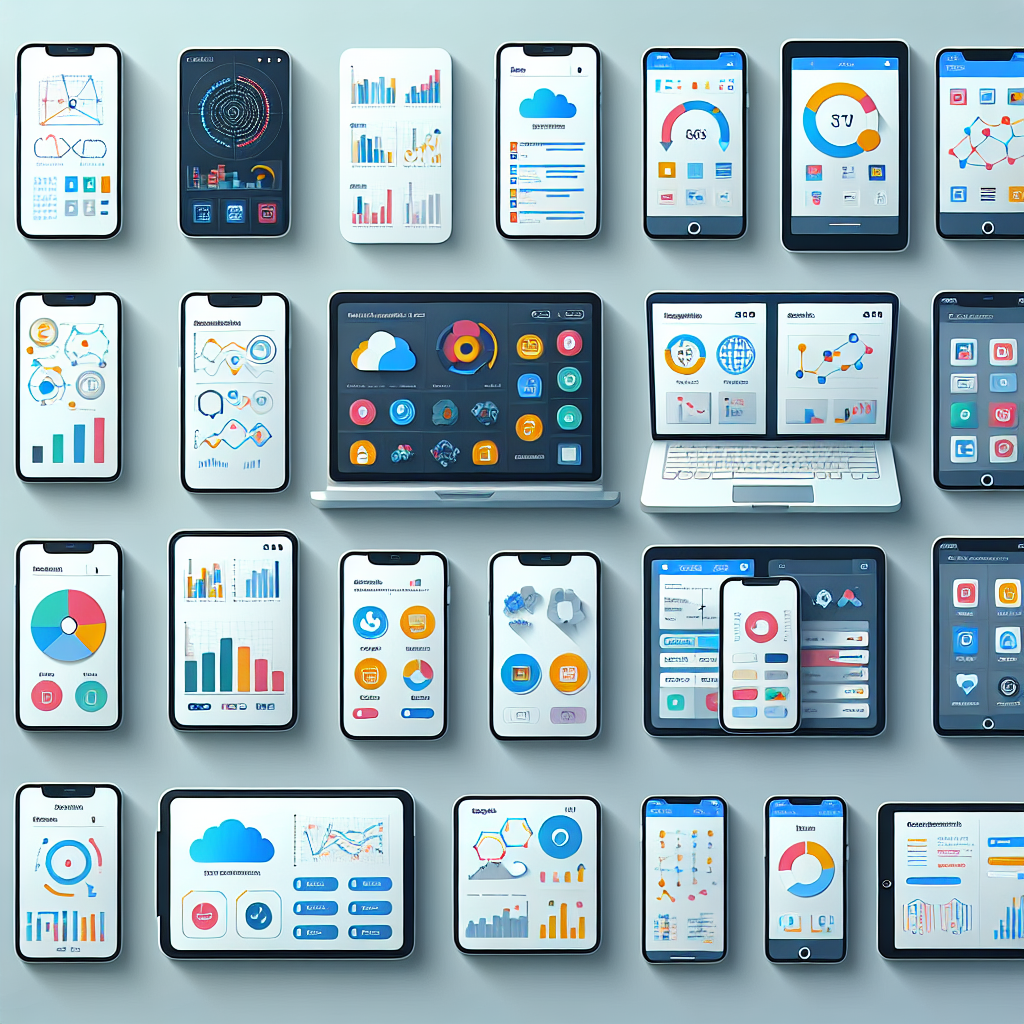Now that data apps are becoming more mainstream, here is my top list of data apps to get instant value.
What are data apps ?
Data apps are interactive applications that allow users to explore, analyze, and visualize data in a user-friendly way. They are typically built using frameworks like Streamlit, Dash, or Shiny, and can be used to create dashboards, reports, and other tools that help organizations make data-driven decisions.
We have had BI tools for a long time. When I think about data apps, I think about action. Seeing and visualizing data provides good insights and the possibility to make decisions. When I look at data apps I think about how my interaction could solve a problem. Solving a problem with data app provides instant action through an api or a process flow.
Now to the list of apps to create
The apps described here can be found from here
If the app is not live, it will become available in few minutes
1. Upload files
There are so many excels, I want to upload the files to use in my data model, using AI to processes files.
Sounds familiar ?
Google Drive, SharePoint, Dropbox, etc. There is never a real place for important files that should be in a database and managed with a process. Reference tables that have business importance and are used for business processes or analytical purposes play a huge role in any organization. There are many process automations happening in organizations, and having these Excel values in the process provides significant value.
Here are few cases that it will solve:
-
By uploading files to a centralized system like a database or cloud storage, businesses can ensure that all relevant data is stored in one place. This reduces the risk of data being lost or misplaced and makes it easier to manage and access.
-
When files are uploaded to a system, they can be validated and processed to ensure that the data is accurate and consistent. For instance, uploading Excel files with business-critical data to a system that checks for errors and standardizes formats.
-
Uploading files to a shared system allows multiple team members to access and work on the same data simultaneously. For example, a team can collaborate on updating a reference table in real-time using a tool like Streamlit’s editable dataframe.
-
Uploaded files can trigger automated workflows, such as data processing, analysis, and reporting. For instance, uploading a sales report could automatically update dashboards and generate performance metrics.
-
Systems designed to handle file uploads can scale to accommodate growing amounts of data. For instance, cloud storage solutions can easily scale to store large volumes of files without significant infrastructure changes.
-
By uploading files to a system, businesses can maintain a historical record of data changes and updates. For instance, keeping track of changes in financial reports over time.
Here is an example how to upload files:
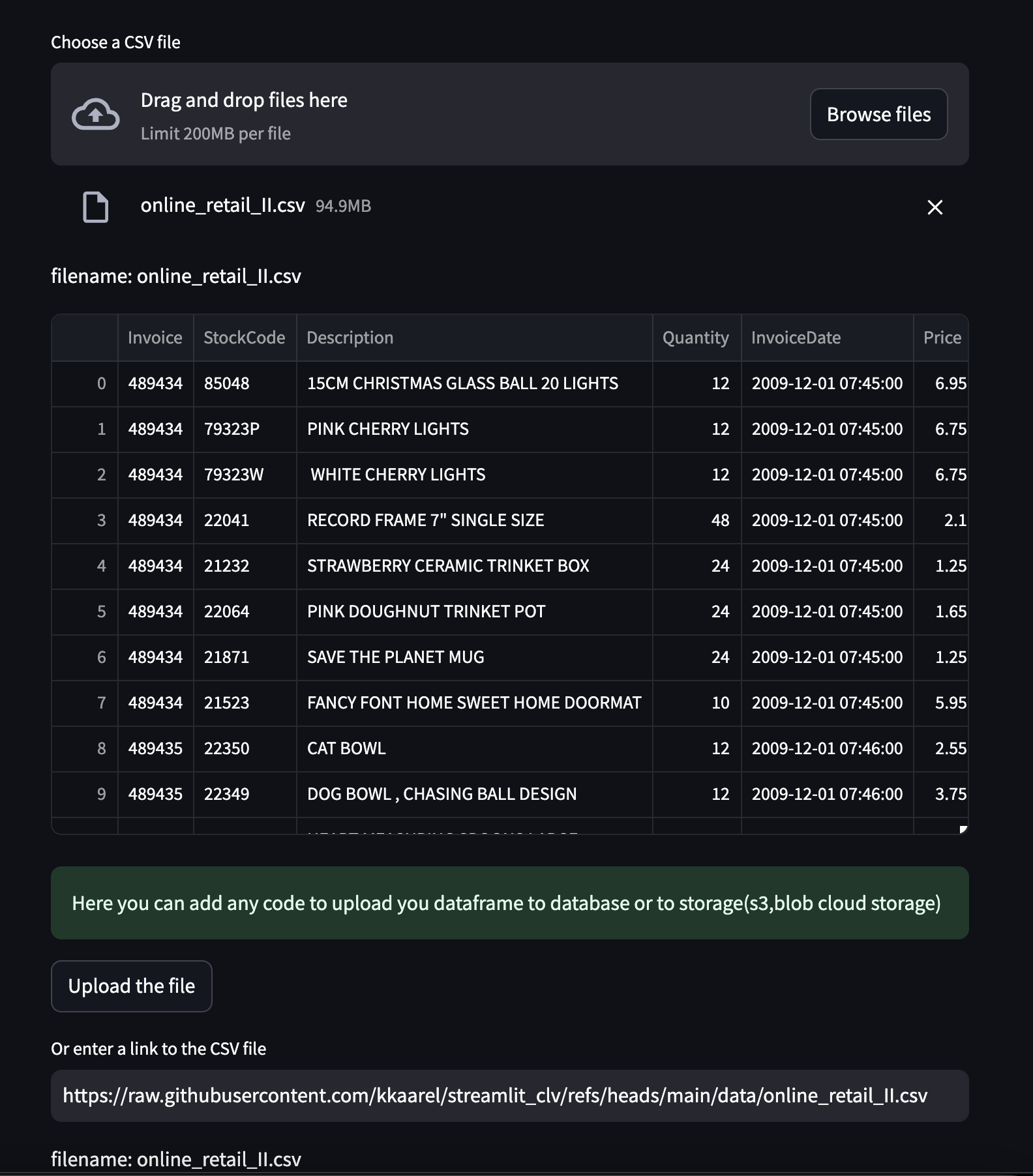
2. Collaborate and update reference tables
I want to modify data, either for data quality purposes or update reference tables. Streamlit has this excellent tool where you can edit data like you would edit data in excel. The editable dataframe let’s you make changes near-realtime. This feature can also be used when uploading and files and then modifying them and then uploading them to the end location.
- Editable dataframe
3. Create actions based on data
Have you ever had a dashboard and wanted to move the data to another system ?
This can be done with data apps.
Business case to solve:
I have combined my transactional and marketing data. Now i have create a segment out of this data and I want to send all the target groups to my marketing automation. Creating a REST API post with data app is just few lines of code.
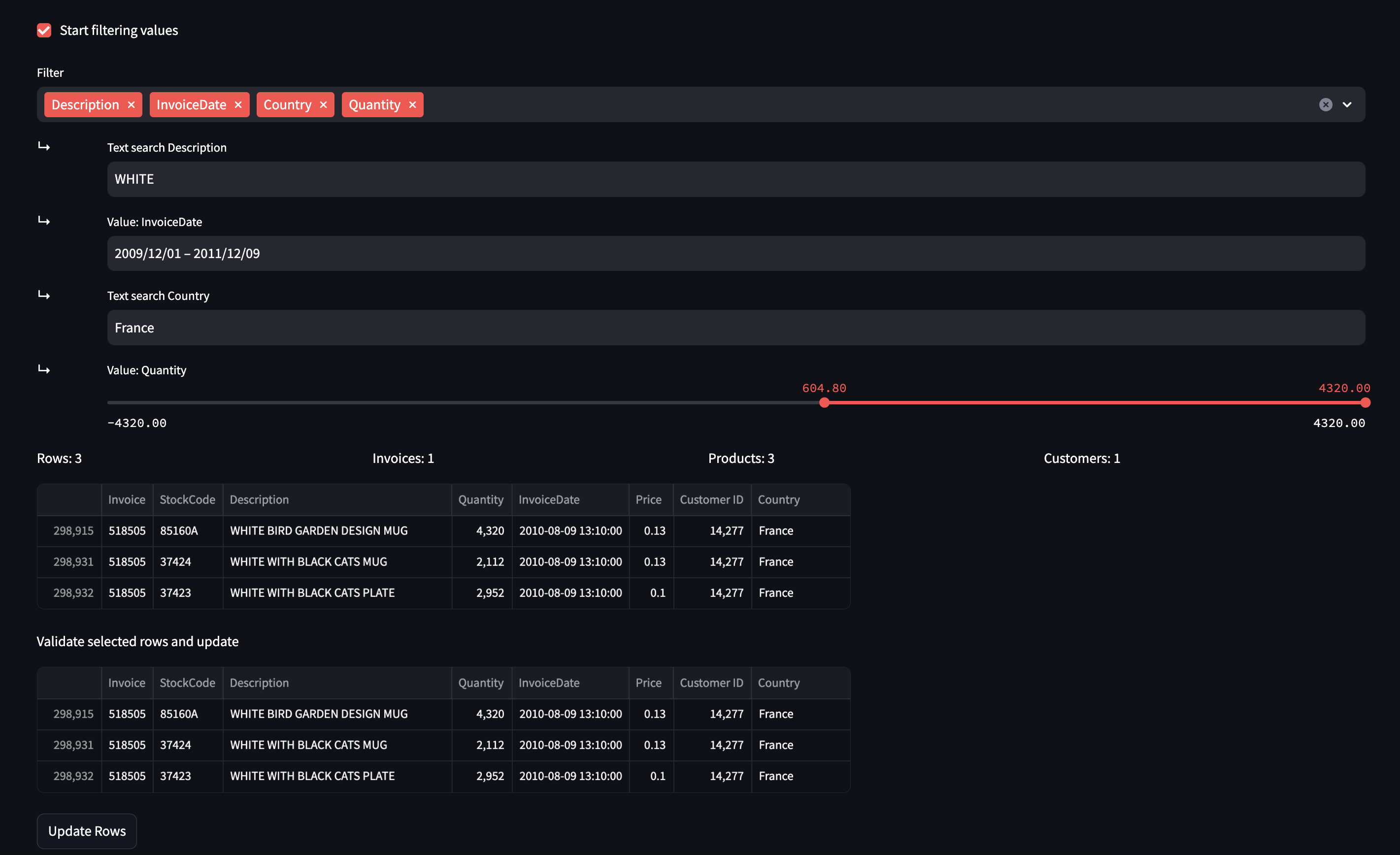
Business cases
There are so many different low-hanging fruits that can be solved with data apps. Here are few more that can be solved
-
Customer Feedback Analysis: Develop an app that collects and analyzes customer feedback from multiple channels (e.g., surveys, social media, support tickets). This can help businesses understand customer sentiment, identify areas for improvement, and prioritize actions to enhance customer satisfaction.
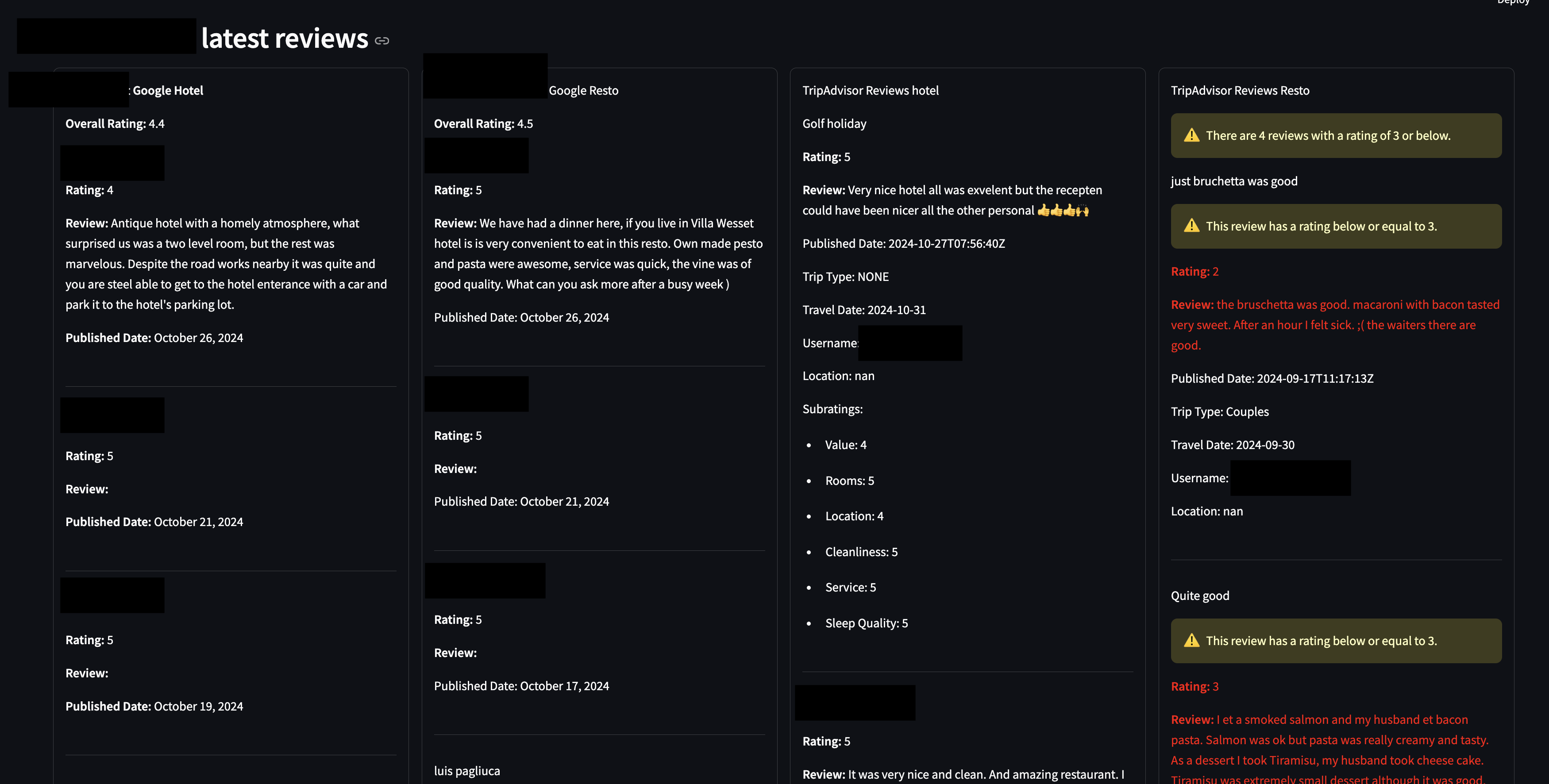
-
Project Management: Create a project management app that tracks project progress, manages tasks and deadlines, and provides real-time updates to stakeholders. This can help project teams stay organized, meet deadlines, and ensure successful project delivery.
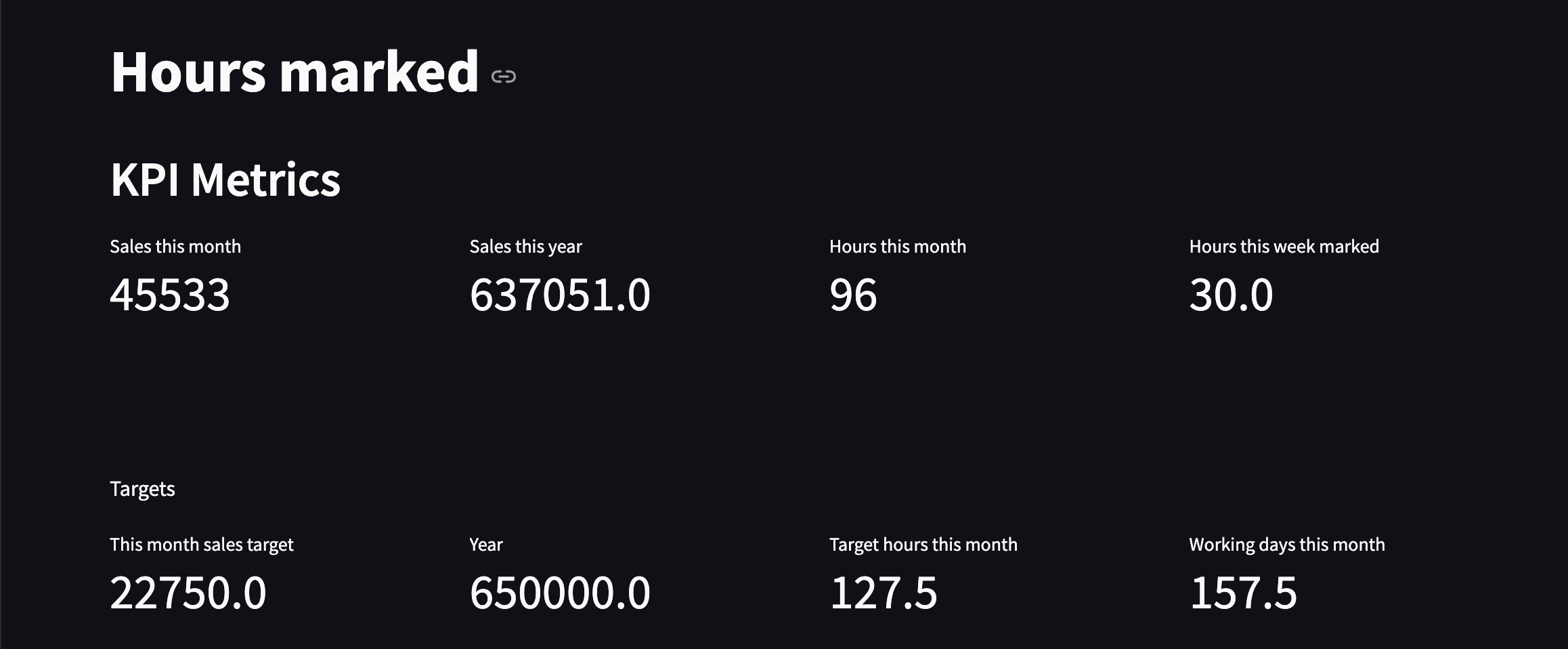
-
Collecting data: Create an app to collect data from internal and external partners. Timetracking for projects.
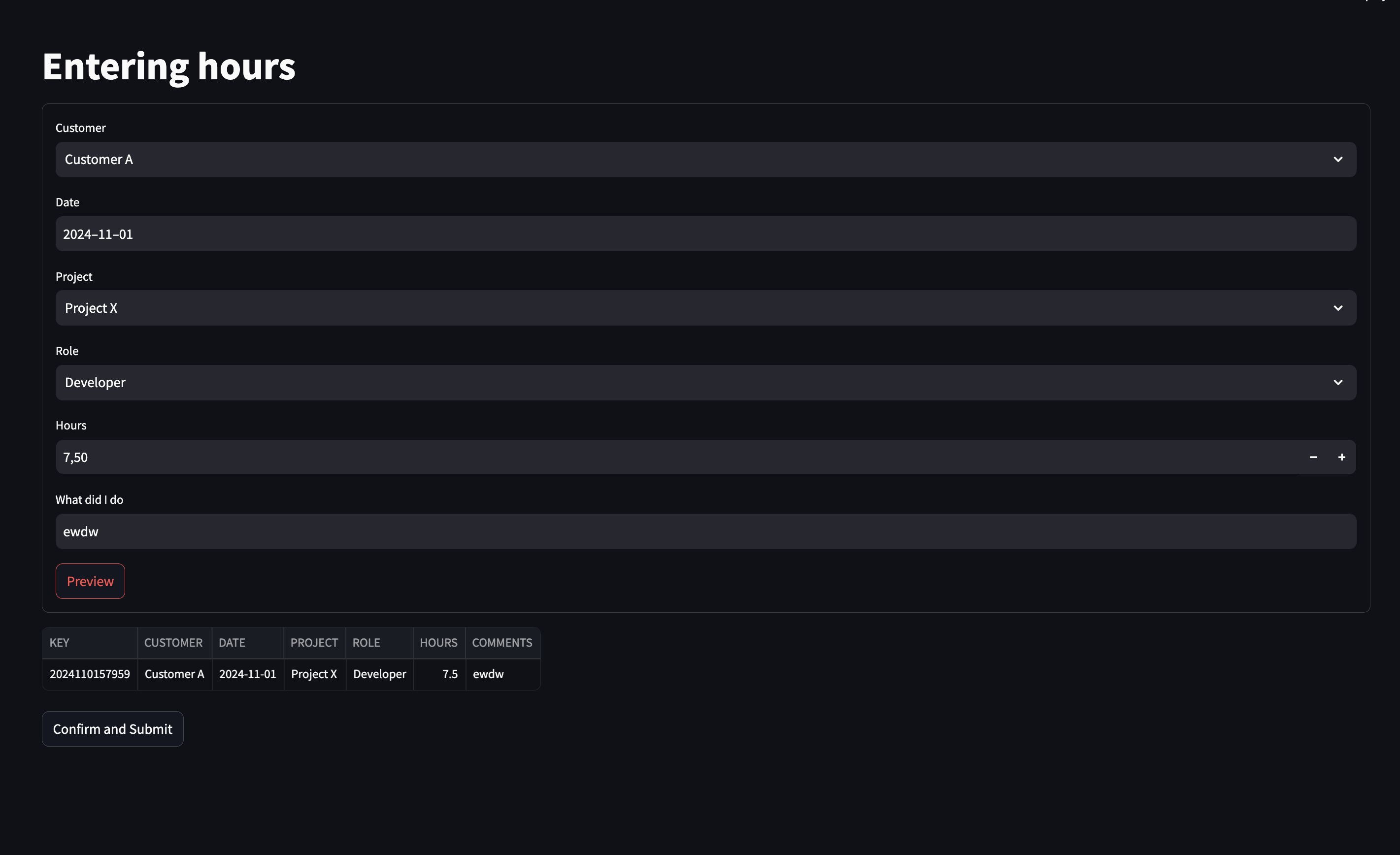
These are just a few examples of how data apps can be used to solve business problems and create value for organizations.
How much an app costs ?
It depends..
What platform you are using and how much data do you want to crunch.
Do give you a ballpark, I use Azure examples.
| Service | Cost Estimate | Notes |
|---|---|---|
| Azure web apps | €130/month | This example can handle +10 apps or even more in production |
| Container apps | €35/month | One app with very minimal usage |
These examples are production examples. Extra costs can occur when using networking for querying or writing data back. But nevertheless, getting a data app can be very cheap, considering that the underlying infrasturee has been taken care of and you can scale the service up and down, based on the needs.
How do I make my data apps secure ?
Majority of cloud provides authentication service for majority of publicly accessible services, which means that if you already authentication and groups, you can all ready create single sign on to your apps. The solutions that Databricks and Snowflake provide in their app environments are already following the best security practices.
Example how to create a secure app with azure web apps:
For extra security, you can also add firewall rules to your apps.
